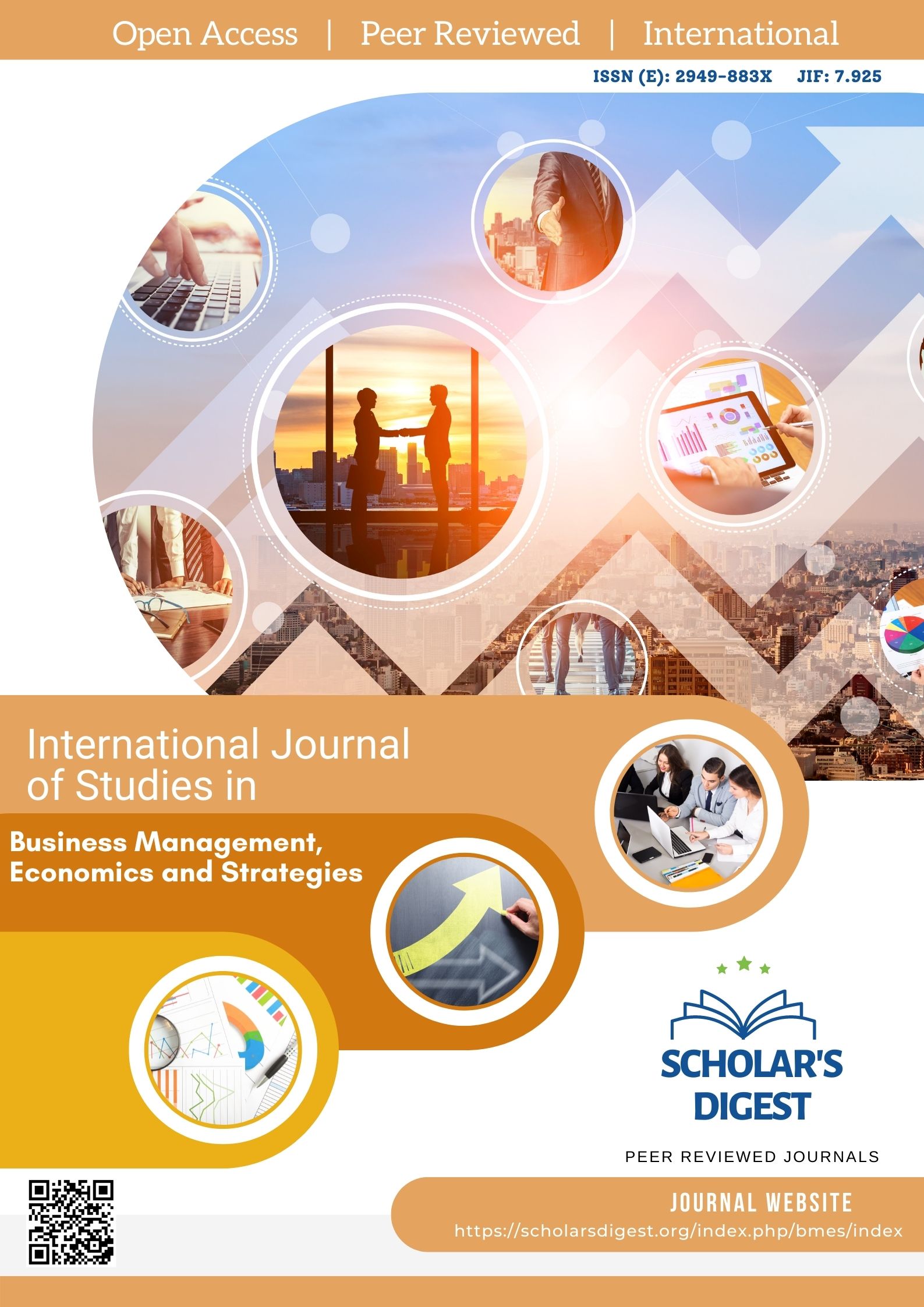MEASURING AND ANALYZING THE RELATIONSHIP BETWEEN CLIMATE CHANGES AND GROSS DOMESTIC PRODUCT GROWTH USING SIMULTANEOUS INTEGRATION TEST ACCORDING TO ARDL METHODOLOGY-IRAQ CASE STUDY
Keywords:
Extreme climate changes, economic growth rates, time chains, simultaneous integration test, ARDL.Abstract
Extreme climate changes and their negative economic and financial repercussions are the main concerns of all developed and developing countries. Fluctuations in climate indicators directly impact the composition of GDP and thus their impact on economic growth rates, the current study focuses on measuring and analyzing the effects of climate variability on different indicators of economic growth rates. The study will draw on the nature of the relationships between climate change indicators as influential variables and GDP composition as an independent variable. This reflects economic growth rates on GDP time series data and climate change indicators for 2000-2022, the application of an econometrics study adopting the simultaneous integration test according to the self-regression methodology of distributed time gaps (ARDL), the stable study of time chains and the application of joint integration using the (ARDL) methodology, the study found a long-term complementary relationship between rainfall rates and economic growth rates, and a correlation between water revenue indicators, rainfall rates, greenhouse gas emissions, and short-term economic growth rates. Accordingly, given the direct impact relationship between climate change and economic growth rates, the Iraqi Government is obliged to explore and investigate those potential impacts and develop government plans to reduce the negative impacts of climate variability.
Downloads
Published
Issue
Section
License

This work is licensed under a Creative Commons Attribution-NonCommercial 4.0 International License.








